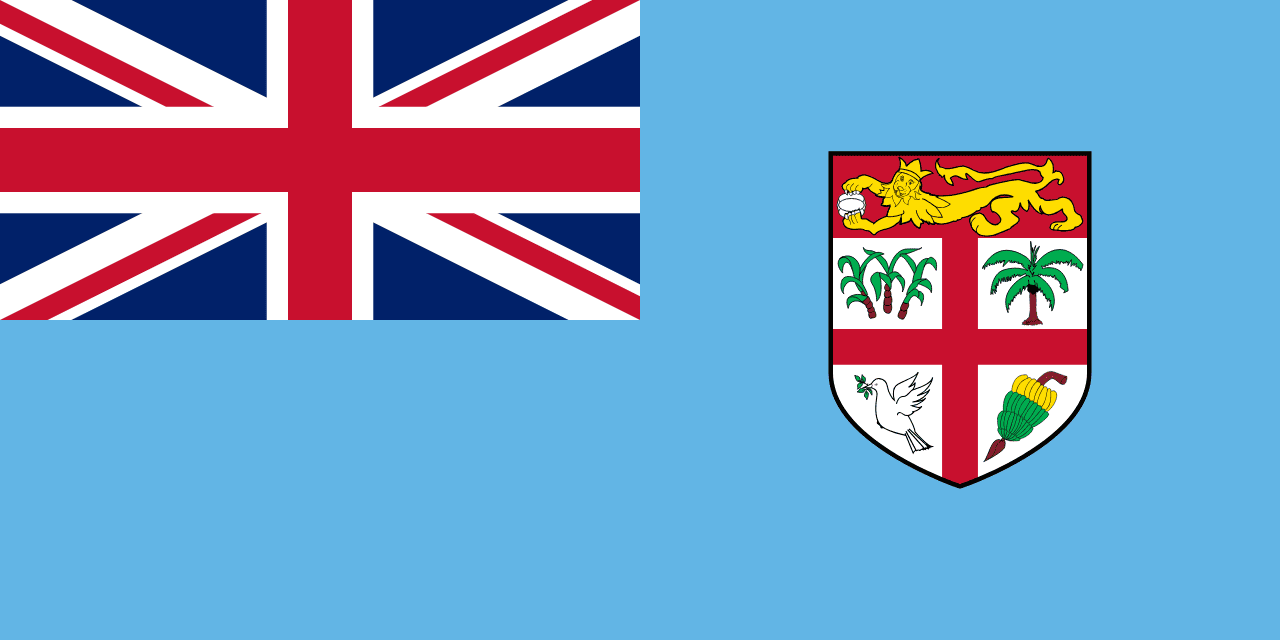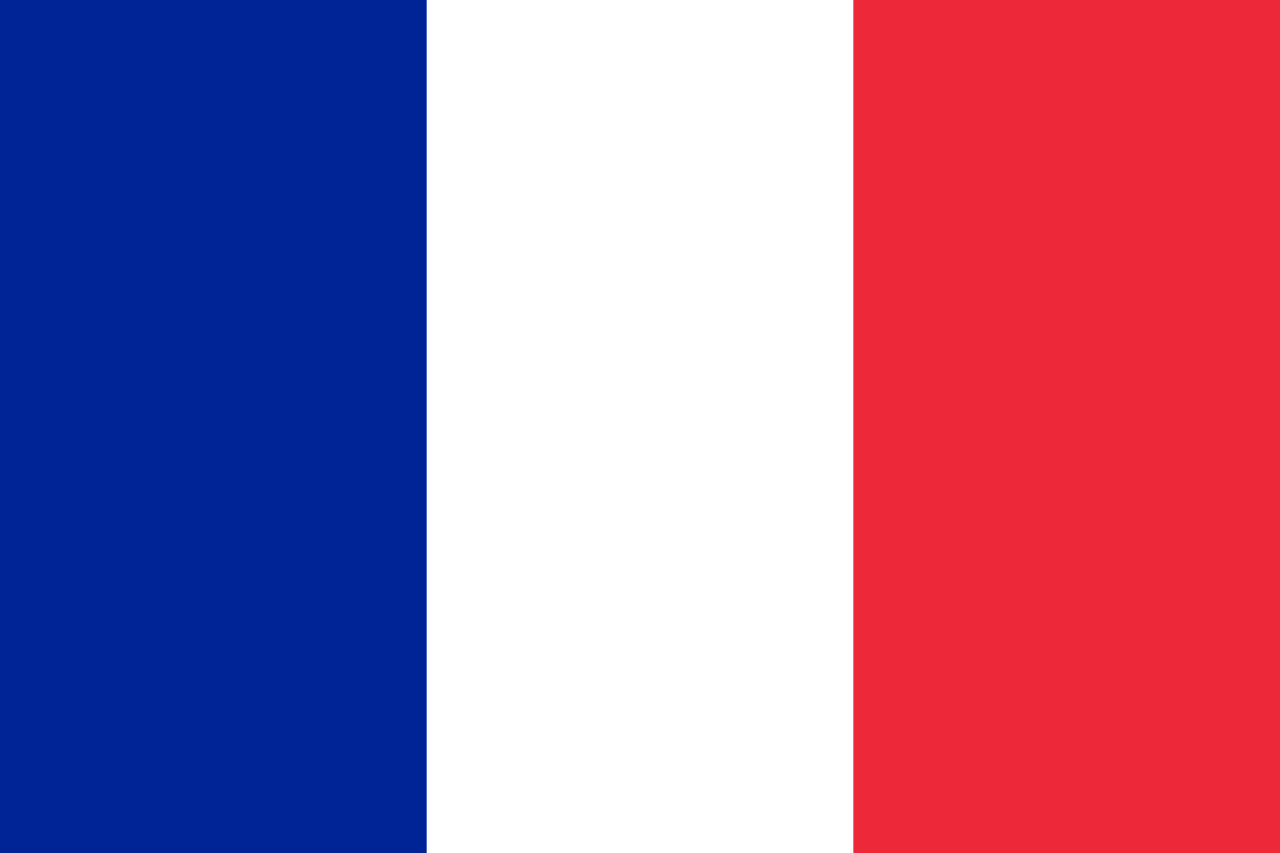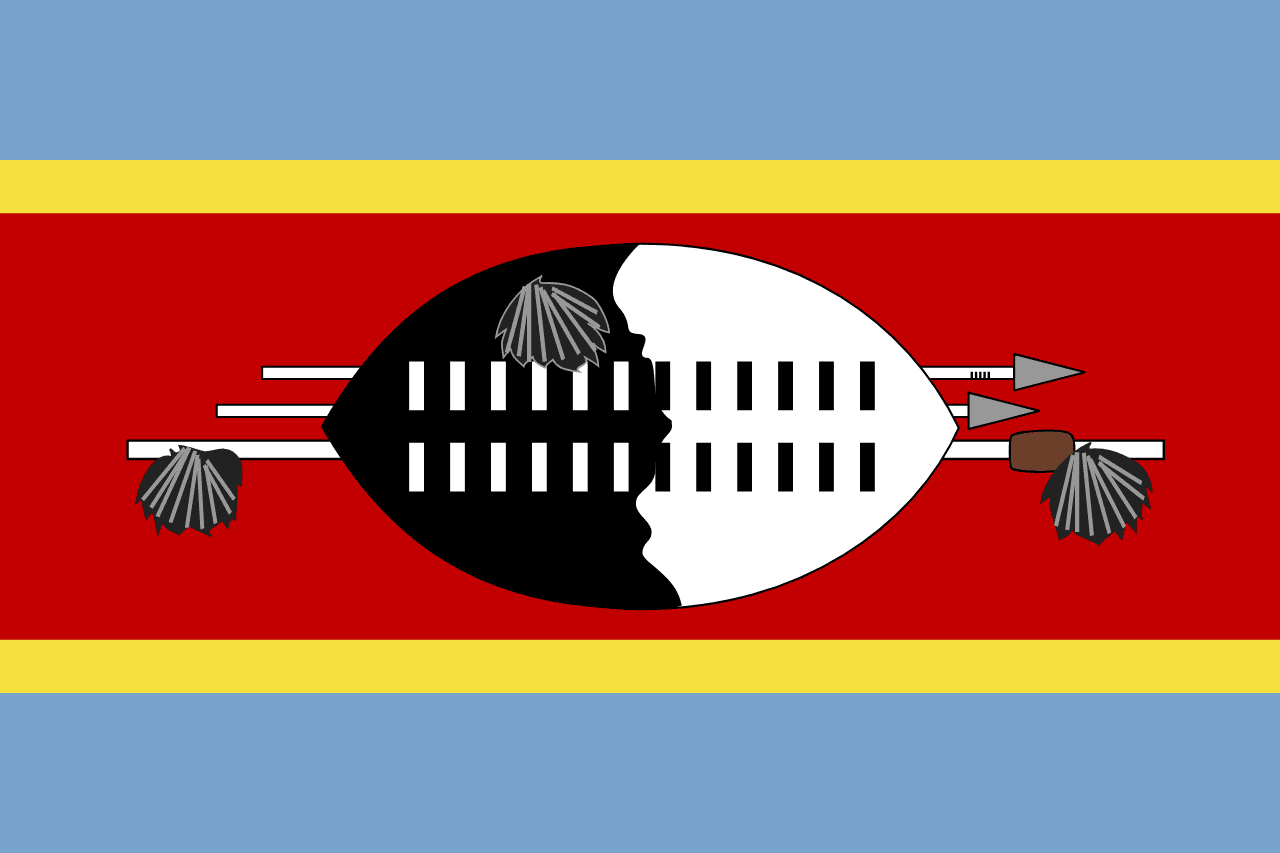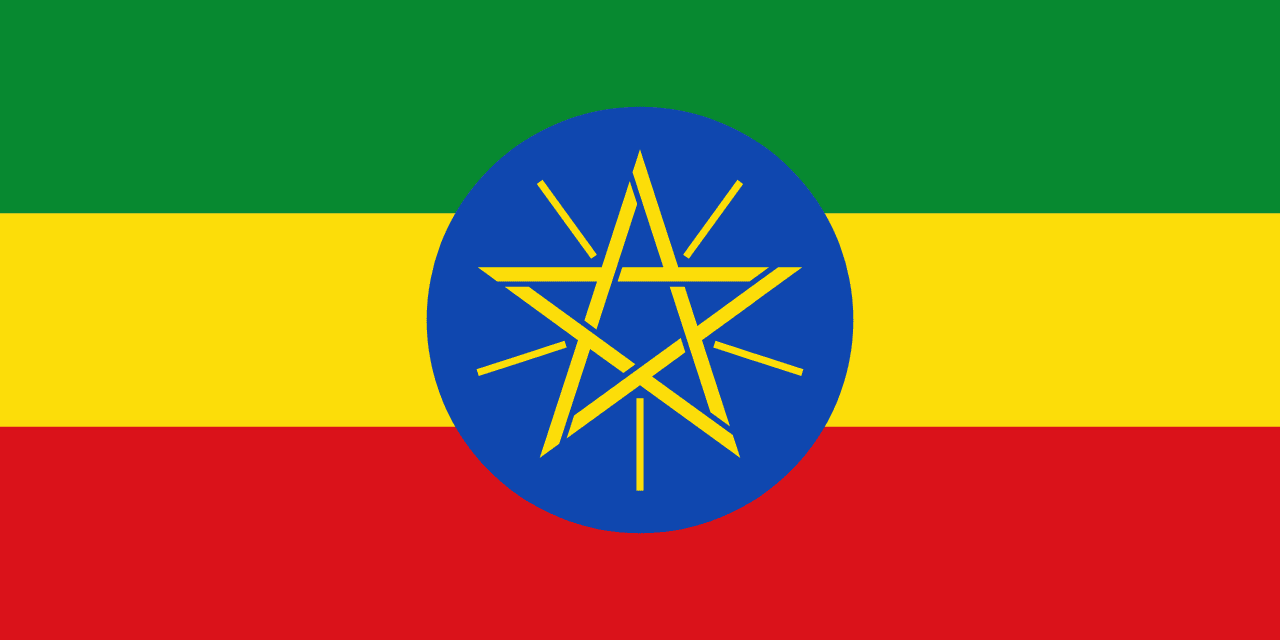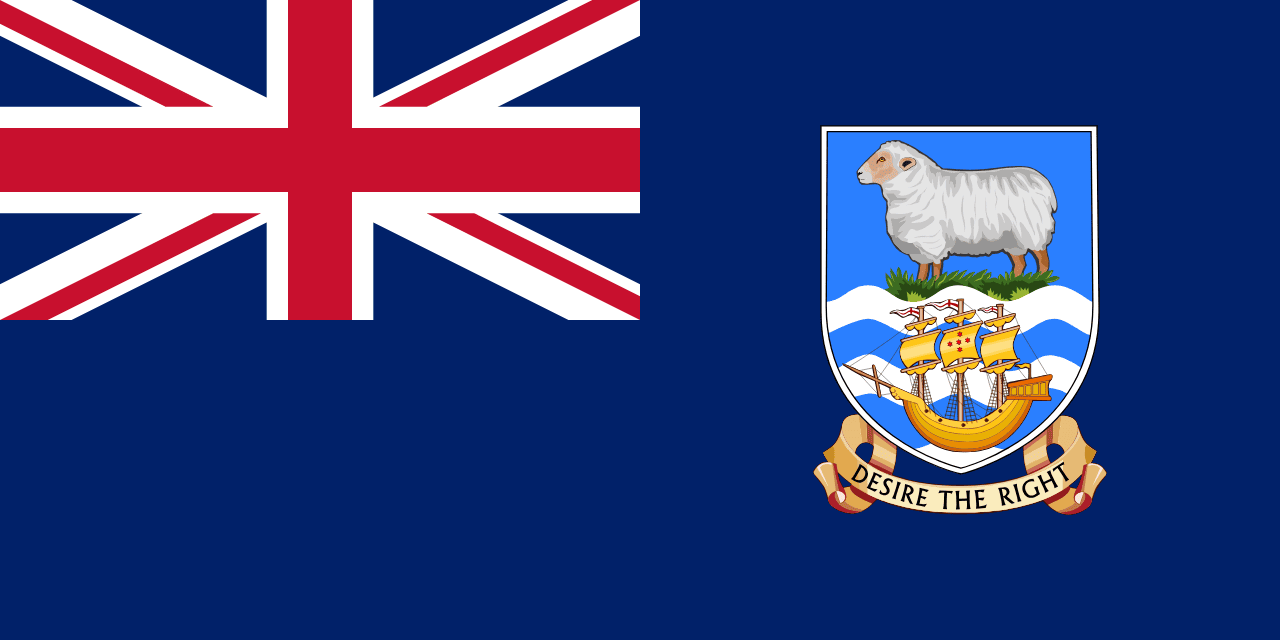The flag of the Faroe Islands features a striking design with a white field adorned by a Nordic cross. The vertical part of the cross is shifted towards the hoist, creating a distinctive asymmetrical layout. The cross itself is red with a bold blue border, standing out vividly against the white background.
Faroe Islands information
| National Flag Day | Flaggdagur, April 25 |
| Sovereign state | No (part of the Kingdom of Denmark) |
| Official name | Faroe Islands |
| Capital | Tórshavn |
| Population | 50,000 |
| Area | 1,399 km² |
| Currency | Faroese króna (DKK) |
| Language | Faroese, Danish |
| Continent | Europe |
| Region | Northern Europe |
| Subregion | Nordic countries |
| Borders | — |
| Timezone | Western European Time (WET) UTC+0 |
| Calling code | +298 |
| Top-level domain | .fo |
History of the Faroese flag
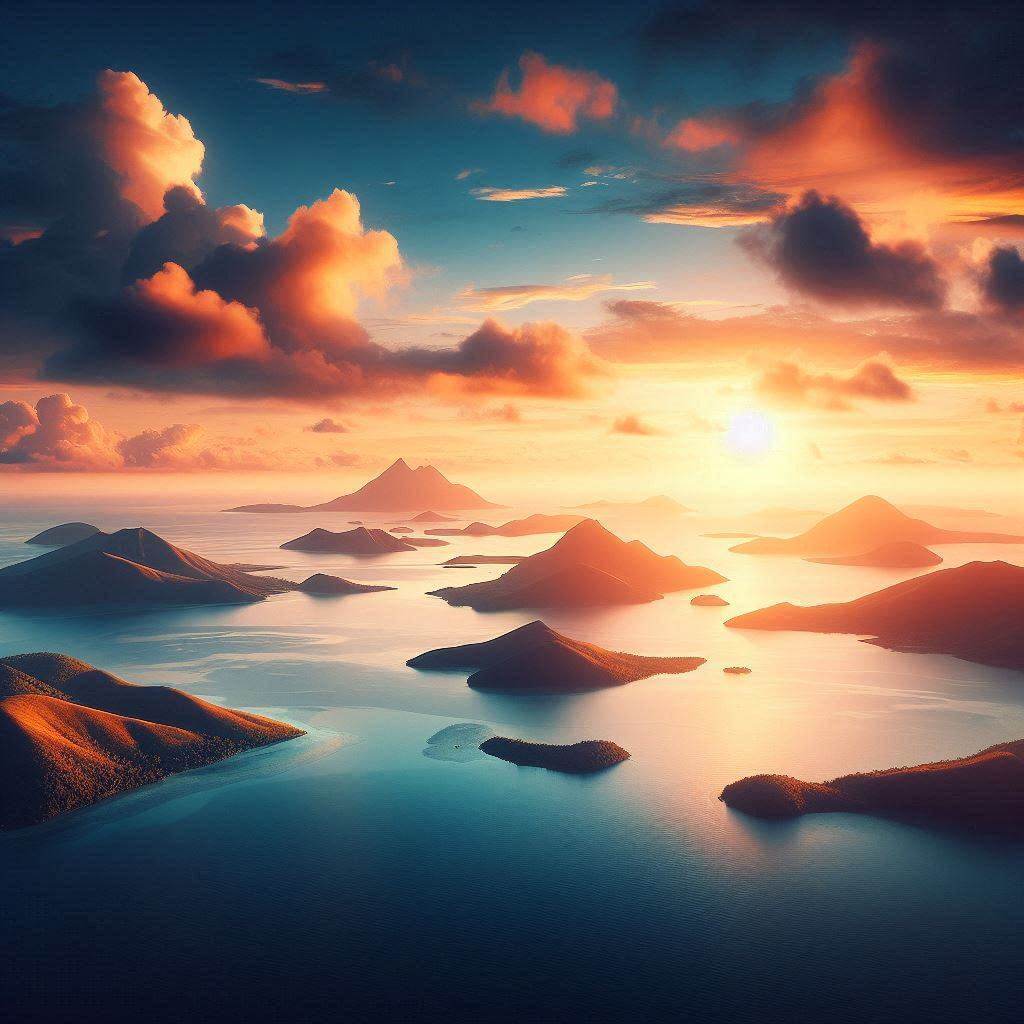 The Faroese flag, known locally as Merkið (The Mark), was designed by Jens Oliver Lisberg and officially adopted on April 25, 1940. Its creation and adoption symbolize the Faroe Islands' unique identity and growing autonomy within the Kingdom of Denmark. The flag's design was inspired during Lisberg's studies in Copenhagen, where he sought to create a symbol that would represent the Faroese people's distinct culture and aspirations.
The Faroese flag, known locally as Merkið (The Mark), was designed by Jens Oliver Lisberg and officially adopted on April 25, 1940. Its creation and adoption symbolize the Faroe Islands' unique identity and growing autonomy within the Kingdom of Denmark. The flag's design was inspired during Lisberg's studies in Copenhagen, where he sought to create a symbol that would represent the Faroese people's distinct culture and aspirations.
Interestingly, the flag was first raised in the Faroe Islands on June 22, 1919, but it wasn't officially recognized by the Danish government until April 25, 1940, during the British occupation of the Faroe Islands in World War II. This date is now celebrated as Flaggdagur, the Faroese national flag day.
Symbolism and design of the Faroese flag
Each element of the Faroese flag carries deep symbolism. The white field represents the clarity of the sky and the foaming waves that crash against the islands' rugged coastlines. It also symbolizes the purity of the Faroese people's intentions and their close connection to the sea.
The red Nordic cross symbolizes Christianity, which has been an integral part of Faroese culture since the islands' conversion in the 11th century. The color red also represents the blood of Christ and the warmth of the Faroese people. The blue border of the cross represents the North Atlantic Ocean, which surrounds the Faroe Islands and plays a crucial role in their history, economy, and way of life. Blue is also associated with the clear skies above the islands.
The offset design of the cross, with the vertical part shifted towards the hoist, is unique among Nordic crosses and adds to the flag's distinctiveness. This design element is said to represent the Faroe Islands' position on the periphery of the Nordic world, yet still an integral part of it.
Usage and significance of the Faroese flag
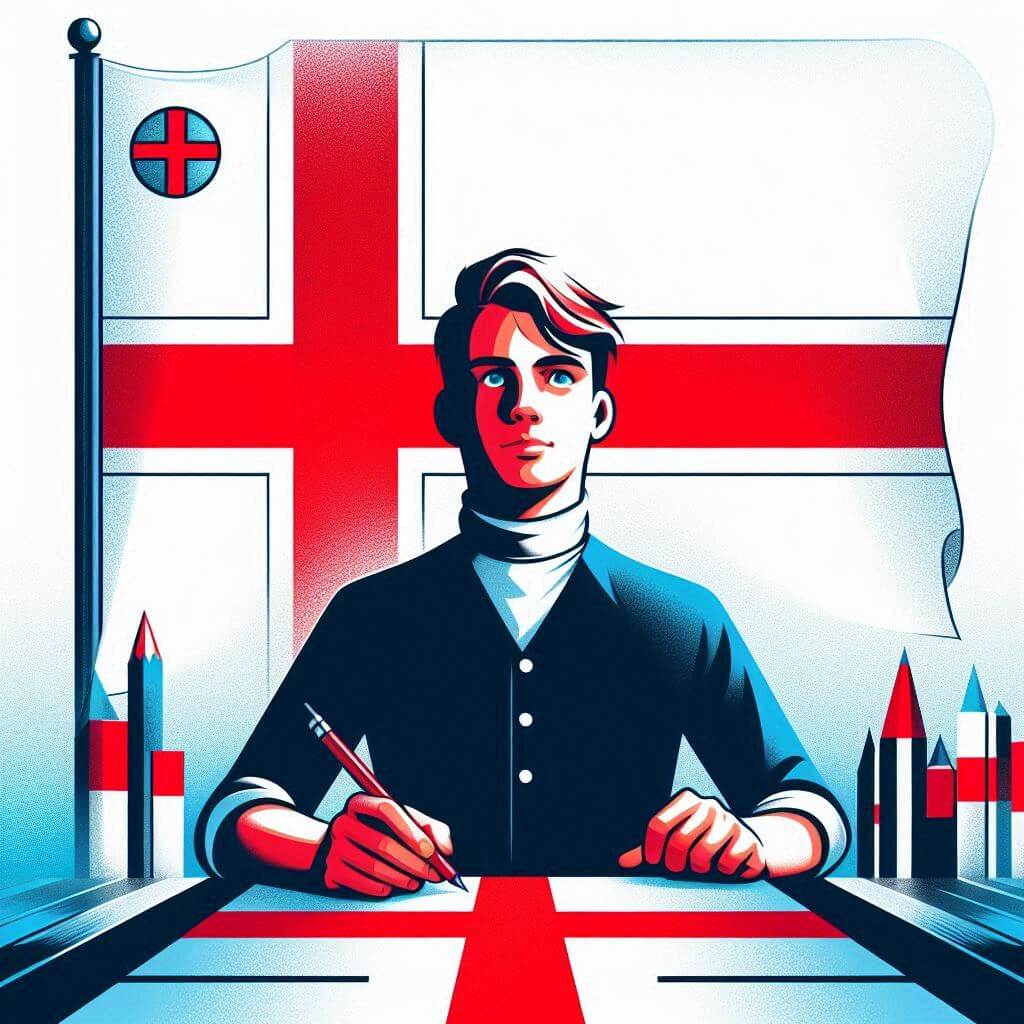 The Faroese flag is a powerful symbol of national identity and pride. It is prominently displayed on public buildings, ships, and during cultural events and celebrations throughout the islands. The flag is particularly visible during Ólavsøka, the Faroese national holiday celebrated on July 29, which marks the anniversary of Saint Olaf's death.
The Faroese flag is a powerful symbol of national identity and pride. It is prominently displayed on public buildings, ships, and during cultural events and celebrations throughout the islands. The flag is particularly visible during Ólavsøka, the Faroese national holiday celebrated on July 29, which marks the anniversary of Saint Olaf's death.
In international contexts, the Faroese flag represents the islands' distinct culture and partial autonomy. While the Faroe Islands are part of the Kingdom of Denmark, they have their own government, parliament, and control over many domestic affairs. The flag symbolizes this unique status and the Faroese people's strong sense of identity.
Interesting facts about the Faroese flag
- The Faroese flag is one of the few national flags in the world that is not rectangular. Its proportions are 6:8, giving it a slightly more square shape compared to many other flags.
- The flag's designer, Jens Oliver Lisberg, died at the young age of 24, just a few years after creating the flag. His grave in Fámjin on Suðuroy island has become a place of pilgrimage for many Faroese people.
- The Faroe Islands, despite their small population of about 50,000, have a rich cultural heritage, including their own language, Faroese, which is closely related to Icelandic and Old Norse.
- The islands are renowned for their dramatic landscapes, including steep cliffs, rolling hills, and numerous waterfalls. These natural features have inspired many aspects of Faroese culture, including traditional music and literature.
- The Faroese flag is sometimes referred to as "Merkið," which simply means "The Banner" or "The Mark" in Faroese, emphasizing its importance as a national symbol.
